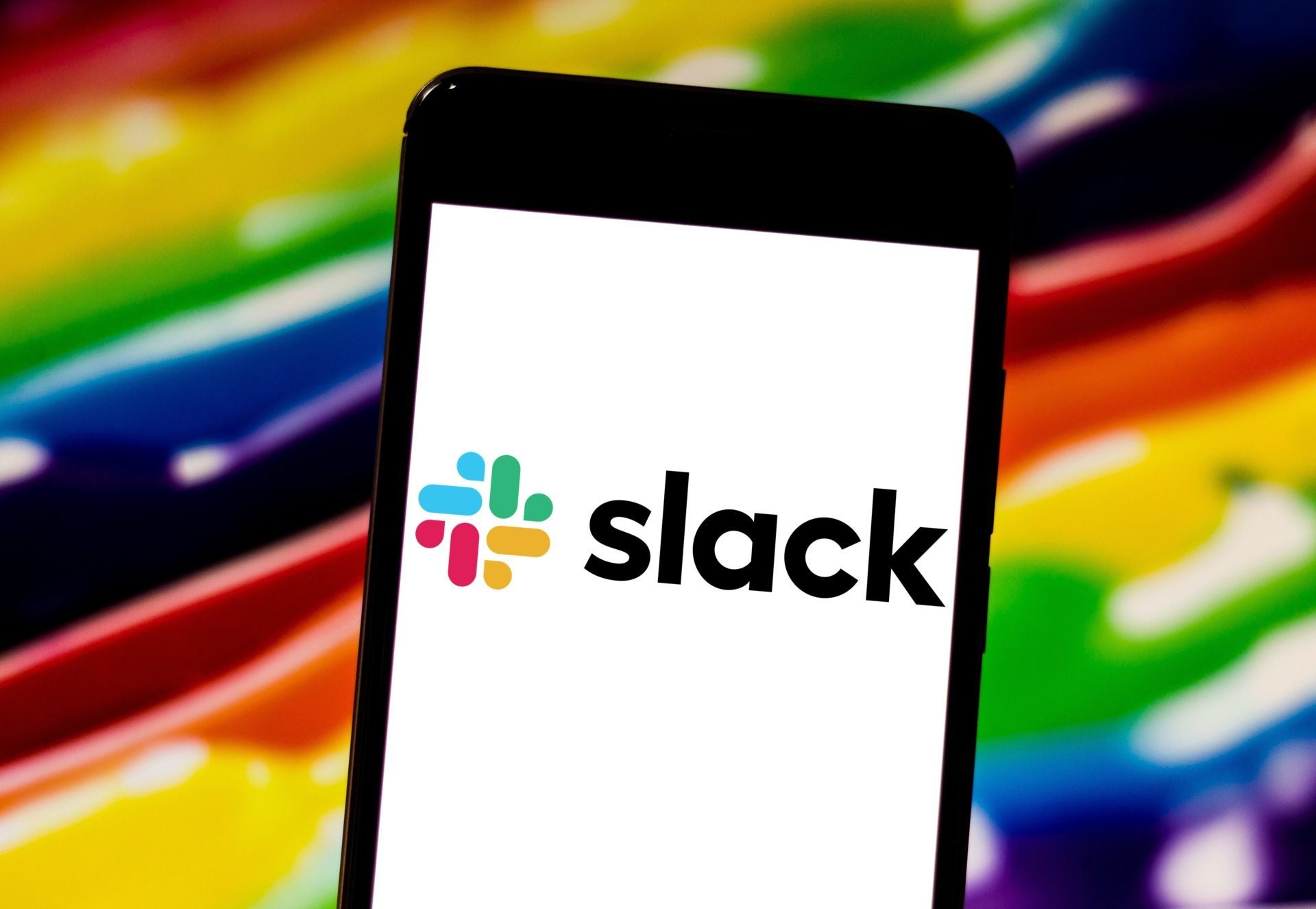
Workplace instant messaging platform Slack has seen a surge in use as the coronavirus pandemic has forced around 20% of the world’s population into lockdown.
Since the World Health Organization declared a pandemic on 11 March, the number of simultaneously connected users on Slack has increased by 25%.

Access deeper industry intelligence
Experience unmatched clarity with a single platform that combines unique data, AI, and human expertise.
In a Twitter thread Slack CEO Stewart Butterfield described how March had unfolded for the US tech company.
Simultaneously connected users – defined by Slack as the number of people active on Slack at one time – stood at 10 million on 10 March. As government’s around the world enforced lockdowns, companies scrambled to switch entire workforces to working remotely overnight, turning many to Slack as a means to communicate with colleagues.
On 17 March, simultaneously connected users hit 11.5 million. On 26 March it reached 12.5 million.
Newly-created work teams also created “substantially” during this period, Butterfield said.

US Tariffs are shifting - will you react or anticipate?
Don’t let policy changes catch you off guard. Stay proactive with real-time data and expert analysis.
By GlobalDataSlack hasn’t revealed the total number of daily users, but its last available figure is 12 million back in October 2019.
And even further back, in October 2015, Slack’s simultaneously connected users stood at just one million.
In recent weeks ‘returning teams’ – an internal metric that measures the growth and progression of newly-created work teams – grew by more than 120% in Italy, 34% in Japan and 33% in Korea, Butterfield said.
Slack surge comes at a price
Slack’s success is against the backdrop of a global health crisis and economic turmoil for most of the world. Stock markets are in freefall and the number of jobless claims in the US reached an all-time one-week high of 3.3 million people.
In his refreshingly honest Twitter threat, Butterfield acknowledged that success for Slack is an outlier in the current climate.
“It felt like the shift from inboxes to channels which we believed to be inevitable over 5-7 years just got fast-forwarded by 18 months,” Butterfield wrote. “Good for our business. But what about everyone else? Many sectors were already hit hard and the fallout for small business could be devastating.”
Slack and other remote working tools such as Zoom and Microsoft Teams are among the few businesses bucking the trend of a coronavirus downturn.
Zoom and Teams have also both seen record use during the coronavirus pandemic. Since the start of the year, video conferencing tool Zoom’s share price is up 105%, making it more valuable than ride-hailing startup Uber.
Teams, which also offers video conferencing in addition to collaboration tools, saw a 37% jump in daily active users in one week earlier this month.
Slack’s share price is up almost 24% since the start of the year, as of 27 March.
Read more: Five top tips for digital transformation beyond Slack







